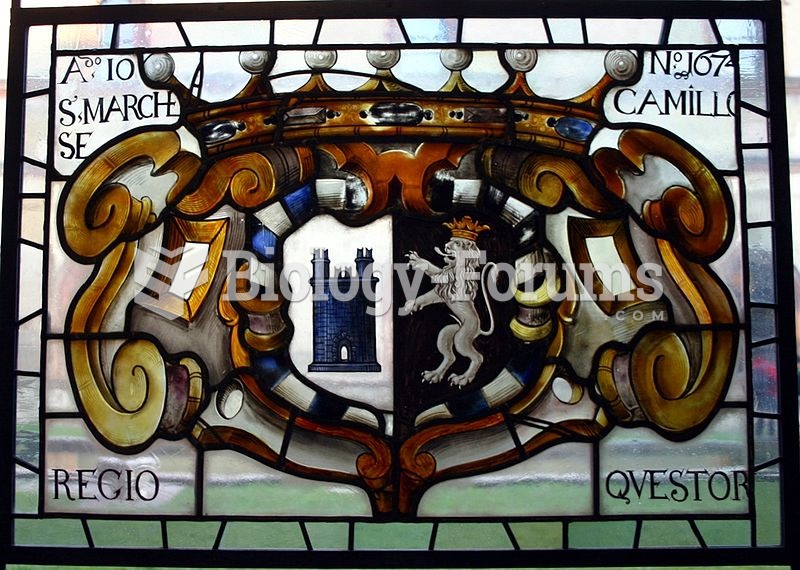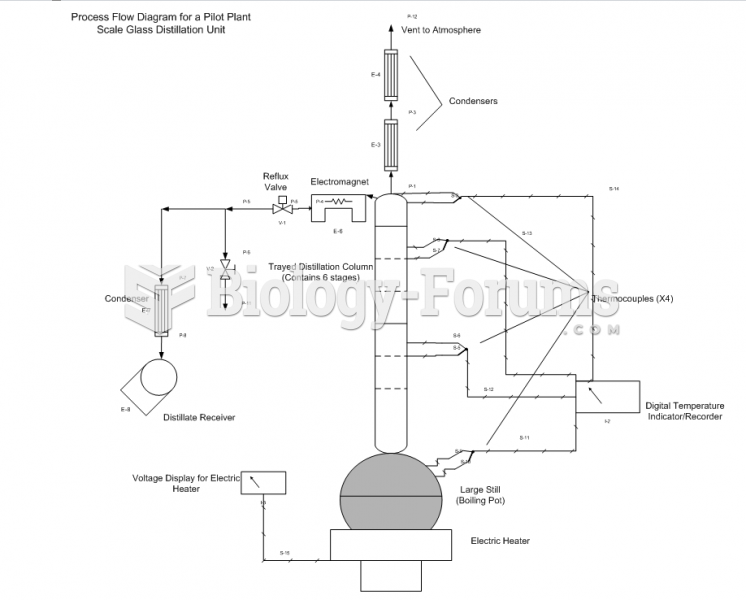Answer to Question 1
The glory of the Gothic Cathedrals is their stained glass windows. The tall, pointed glass mosaic windows allowed for more natural light to illuminate the interiors and bath them with gem-like colors of a mystical light. In addition to the spiritual ambience, they served a didactic purpose as each window told a story in pictures, including some from the Bible, the lives of the saints, signs of the Zodiac, and donors from all aspects of society.
Answer to Question 2
Italian artists Duccio, from Sienna, and his contemporary Giotto, from Florence, were influential in making the shift from art styles of the Middle Ages to the significantly different styles of the Renaissance. Duccio's tempera on panel Christ Entering Jerusalem displays a departure from the flattened forms of medieval art. Duccio attempted to create believable space in a scene and employed architecture to define the space and direct the movement. This was Duccio's almost unprecedented contribution using architecture to demarcate space rather than to function as a simple background. Giotto made a more remarkable break with art traditions in The Lamentation, a fresco panel employing a highly original use of space. His scenes are composed as a stage, and the space in the foreground and background appears to be continuous. Giotto's presentation of the human figure displays rounded, full-bodied people who define the spatial aspect, not architecture as in Duccio's work. Both artists sought a new direction for painting in a more naturalistic, more human, and engaging representation of the physical world.







